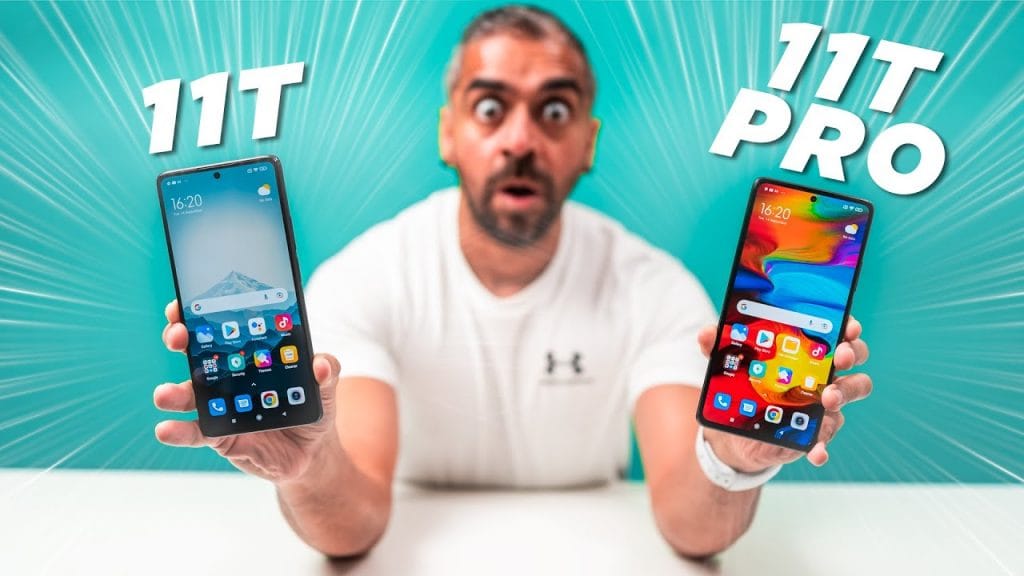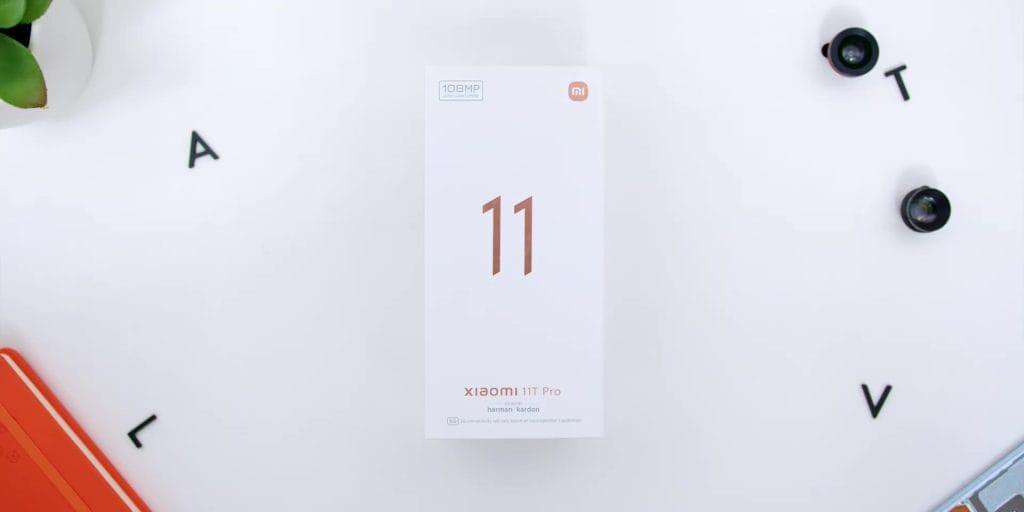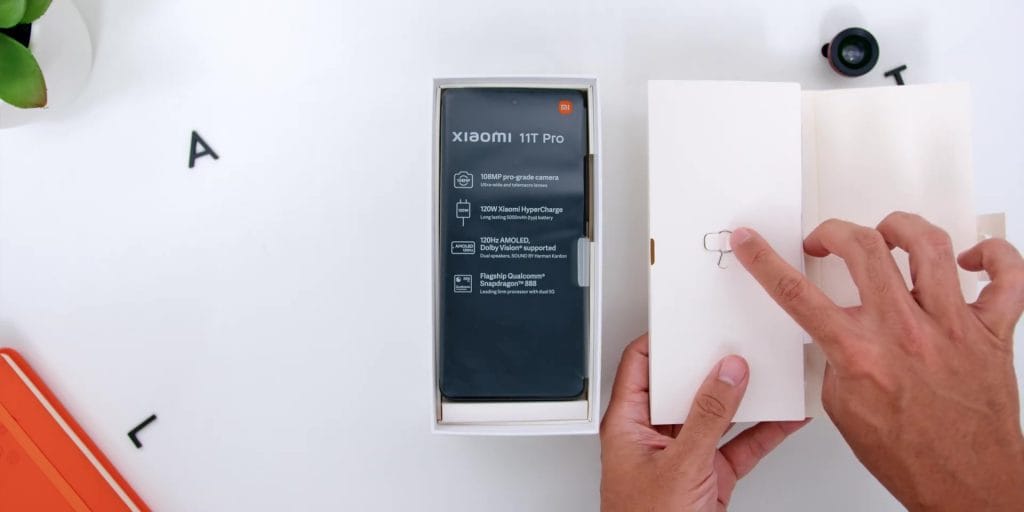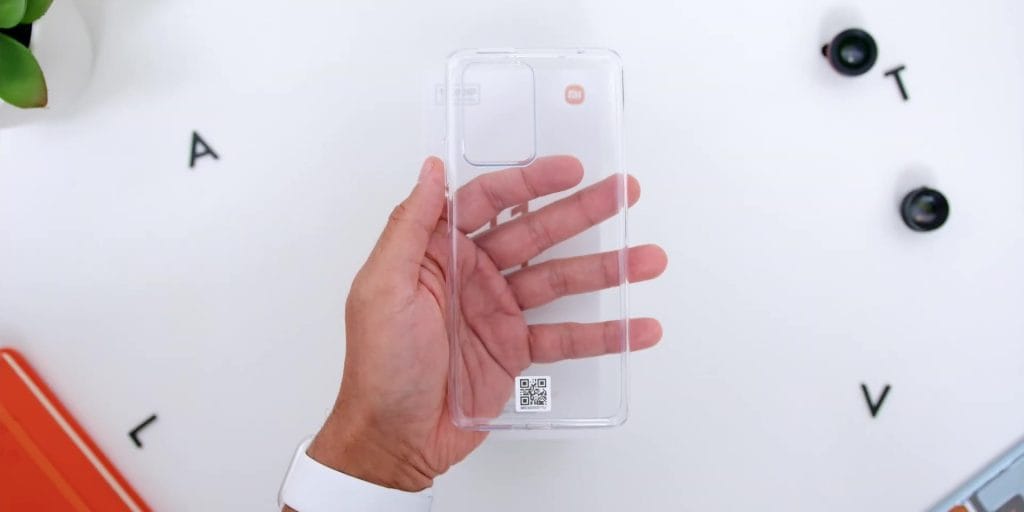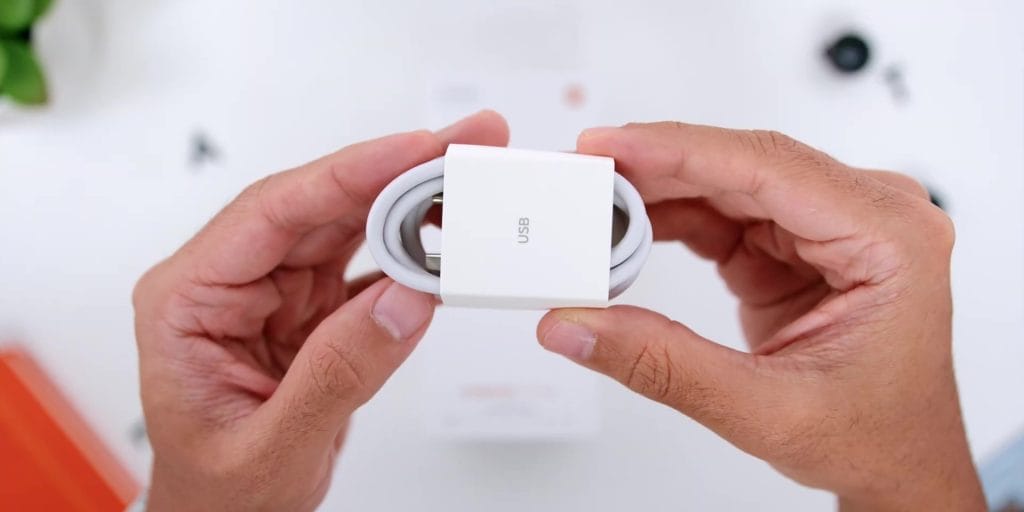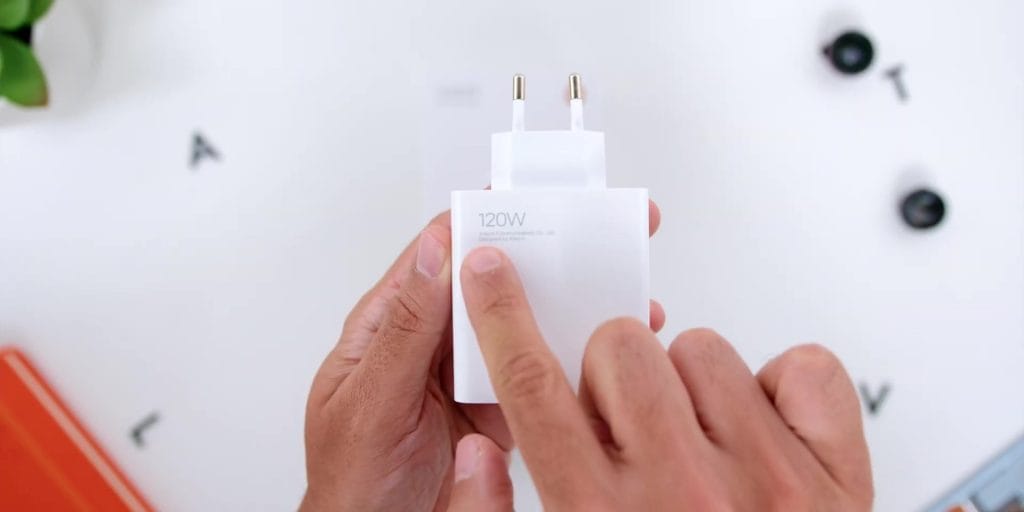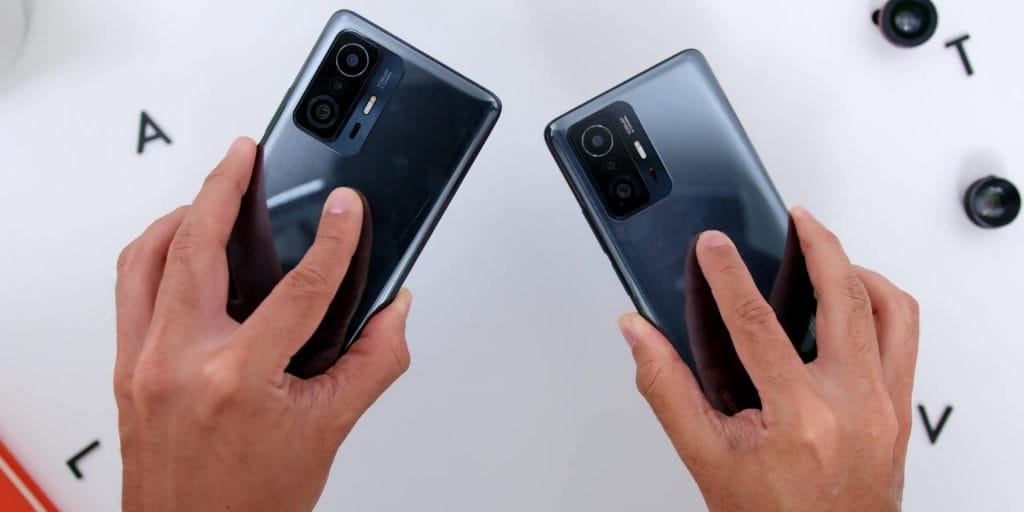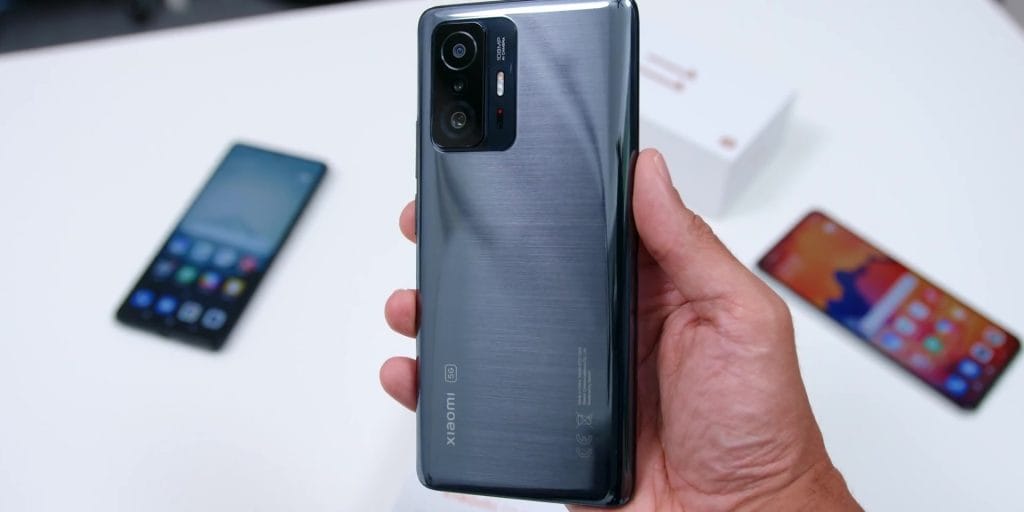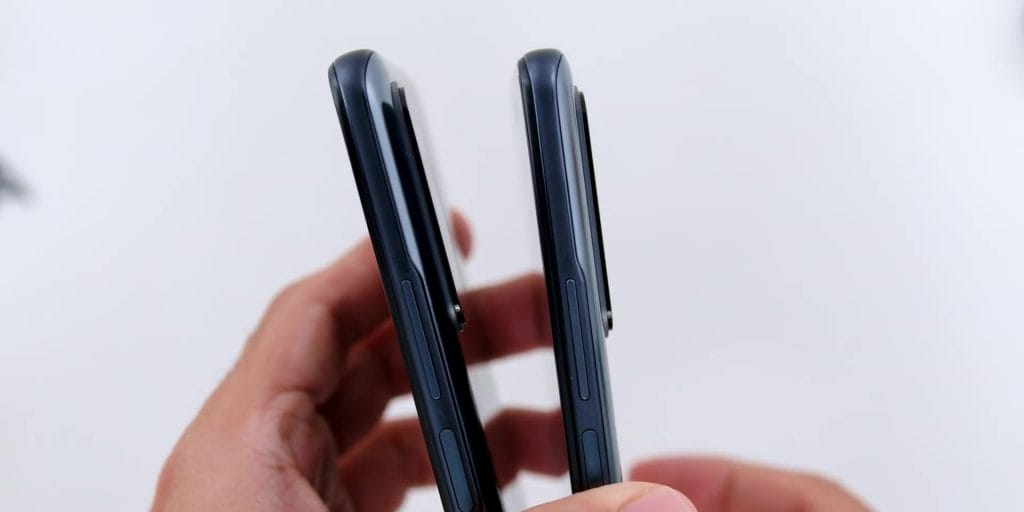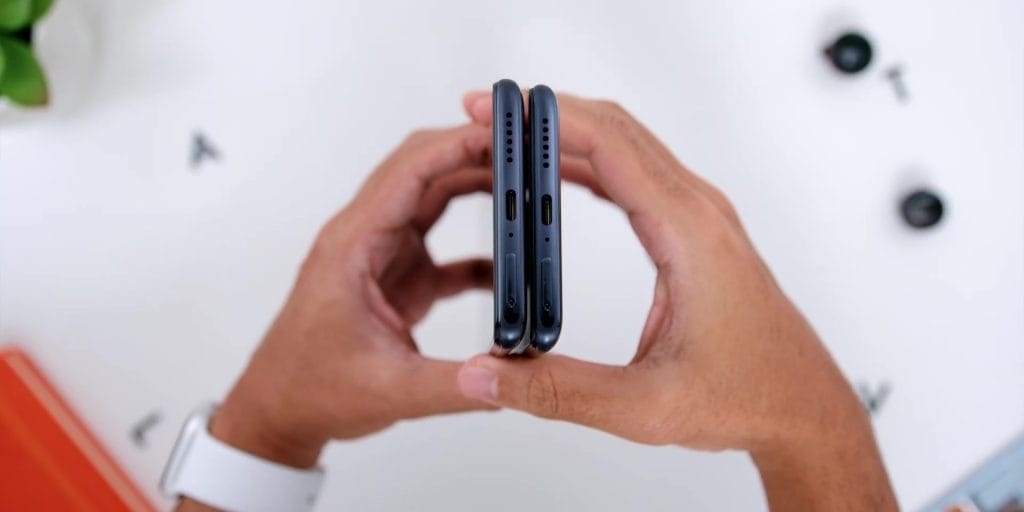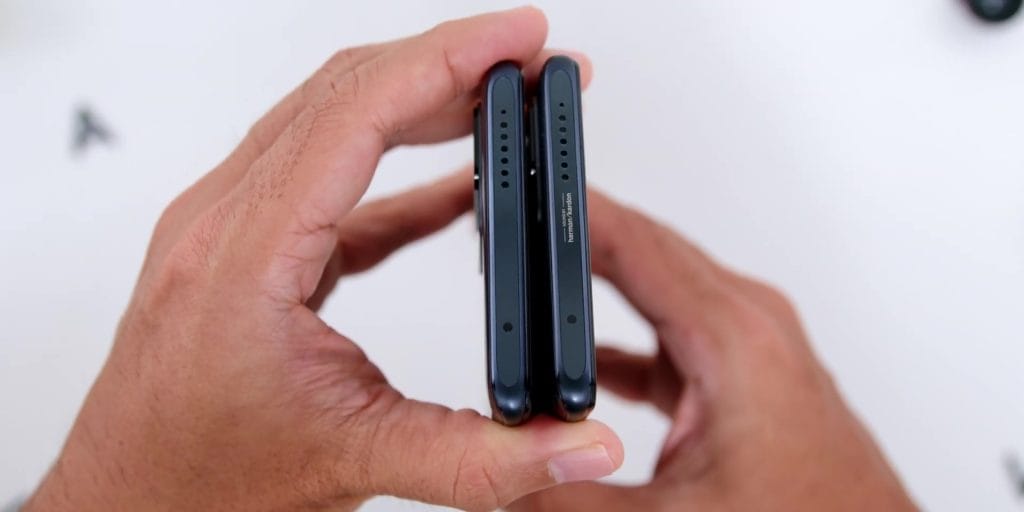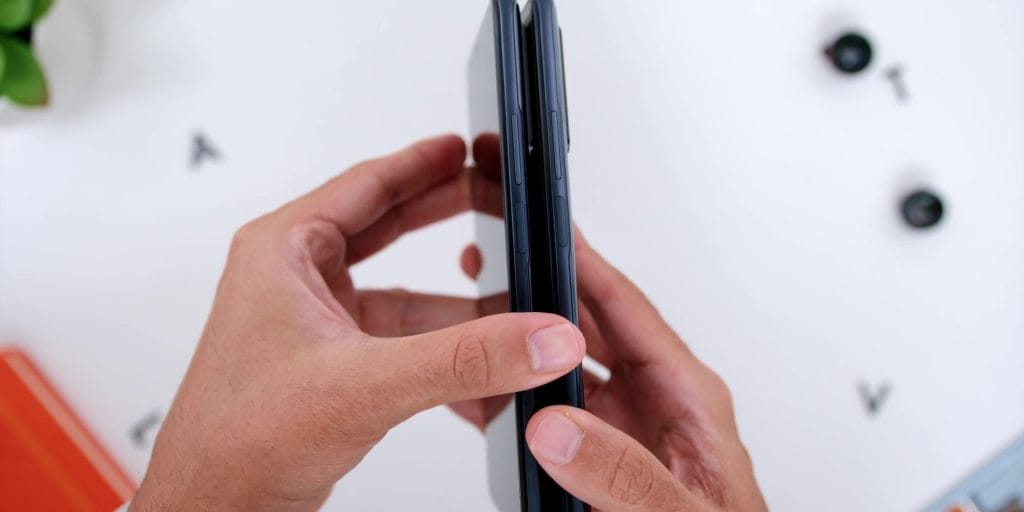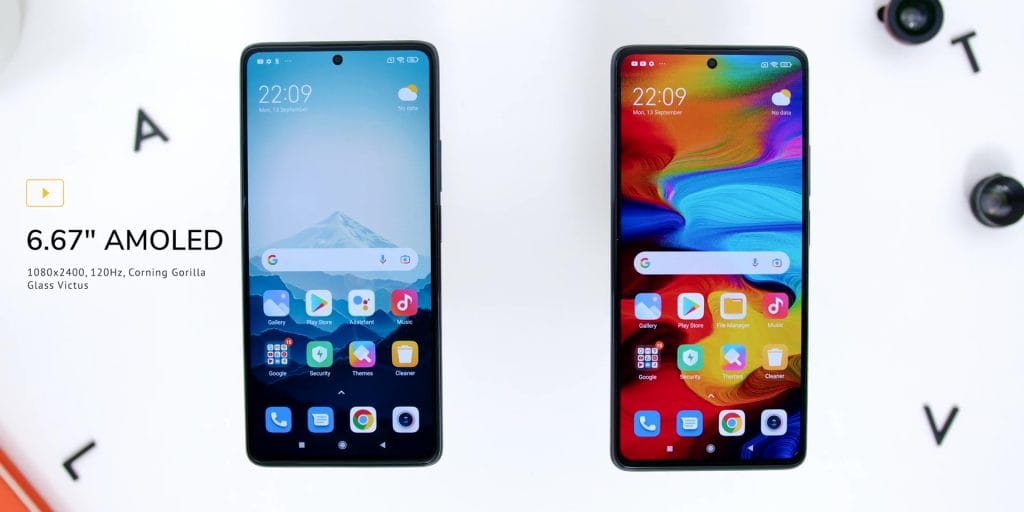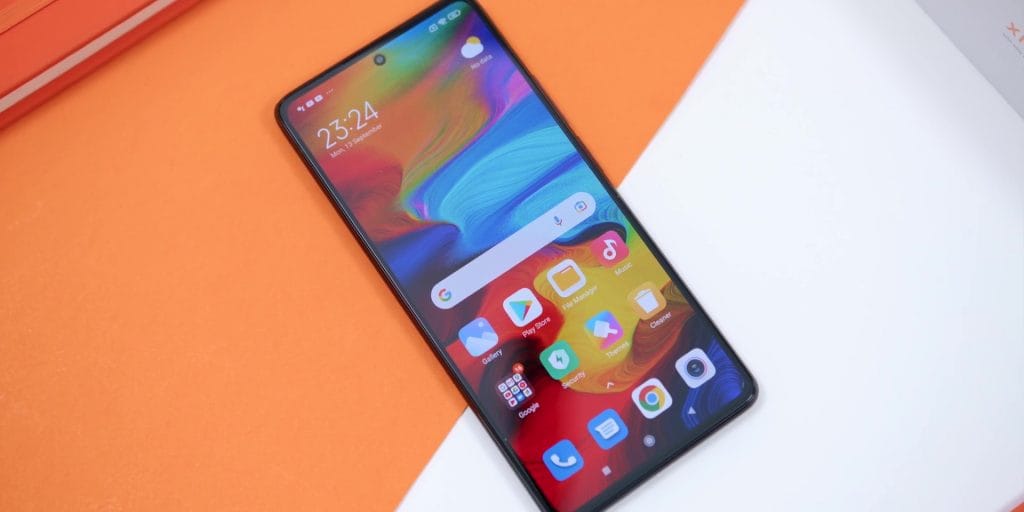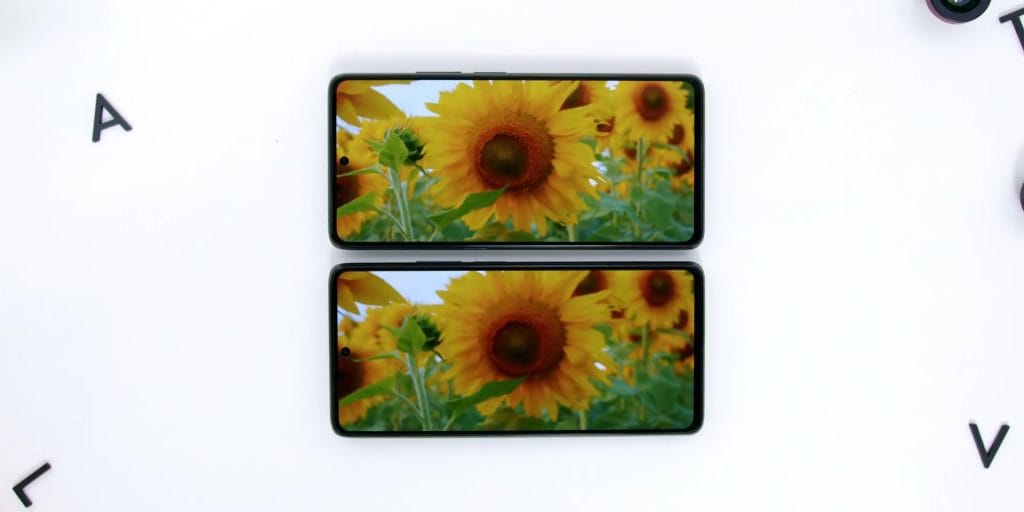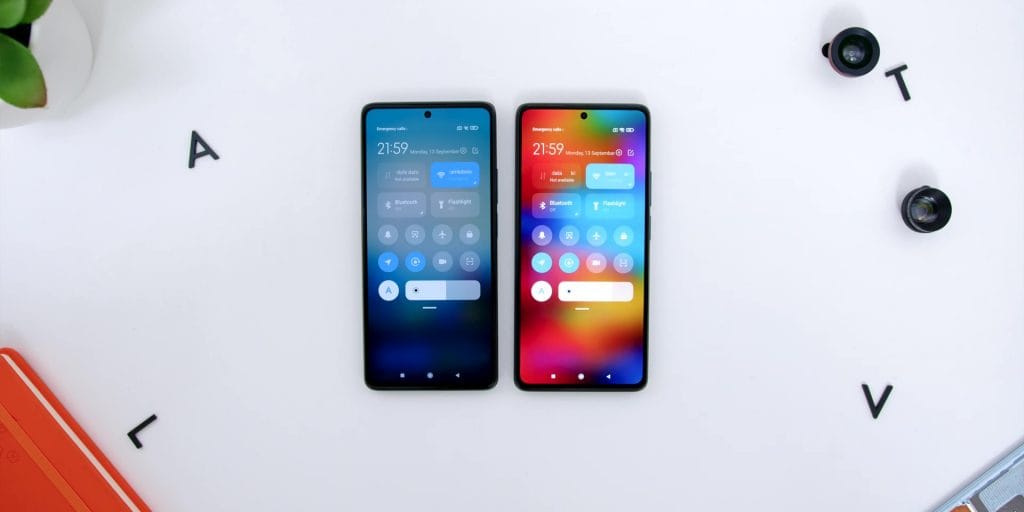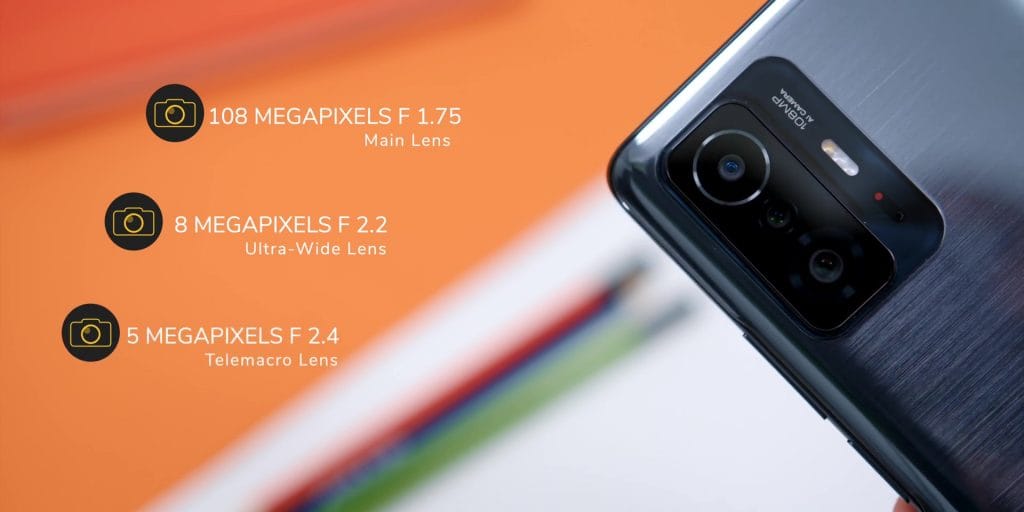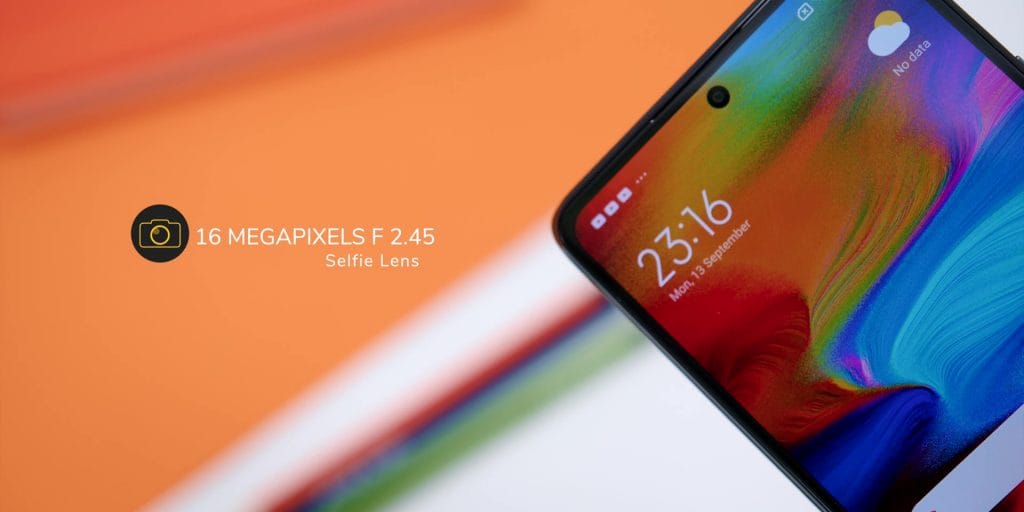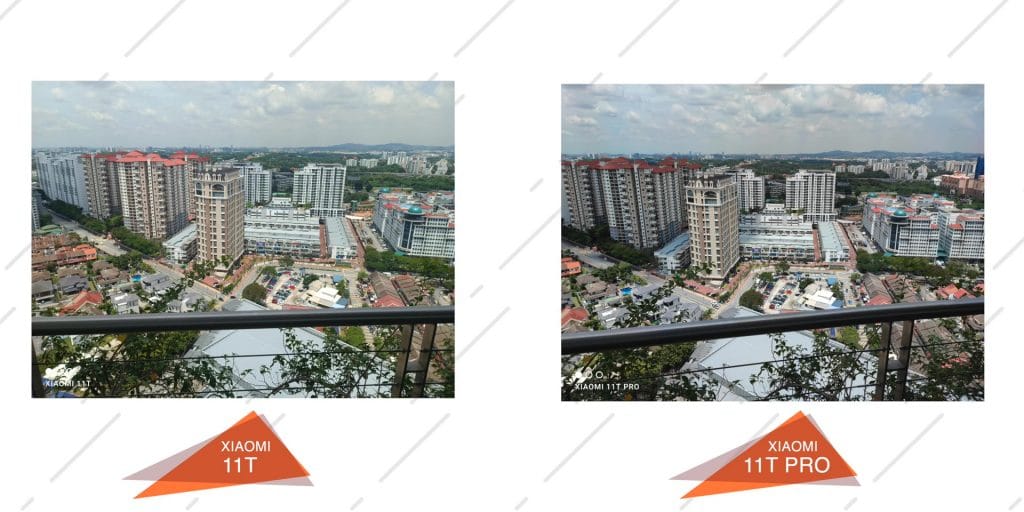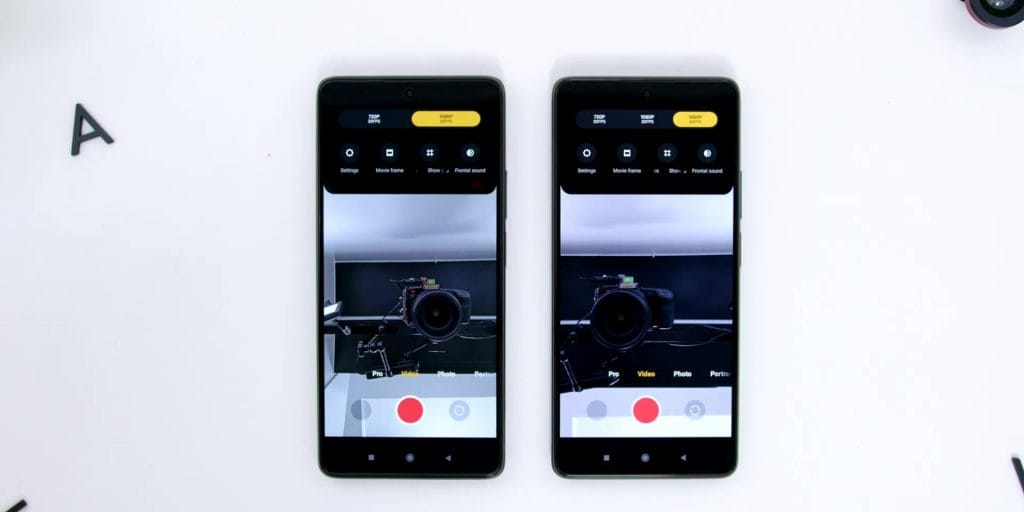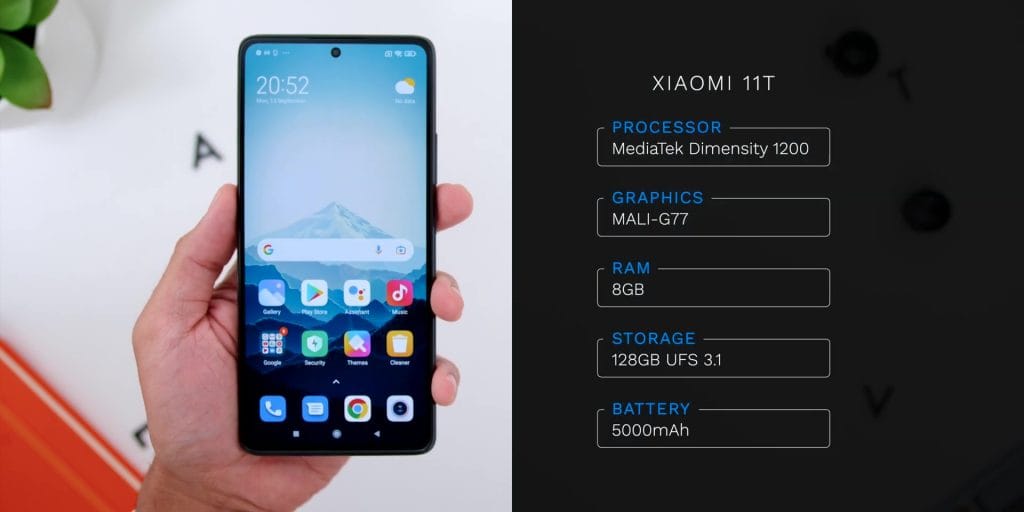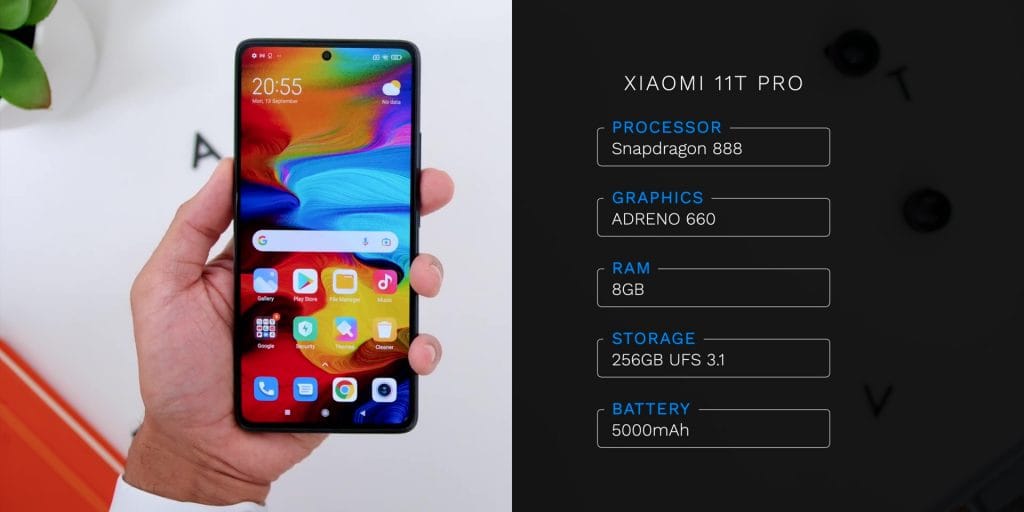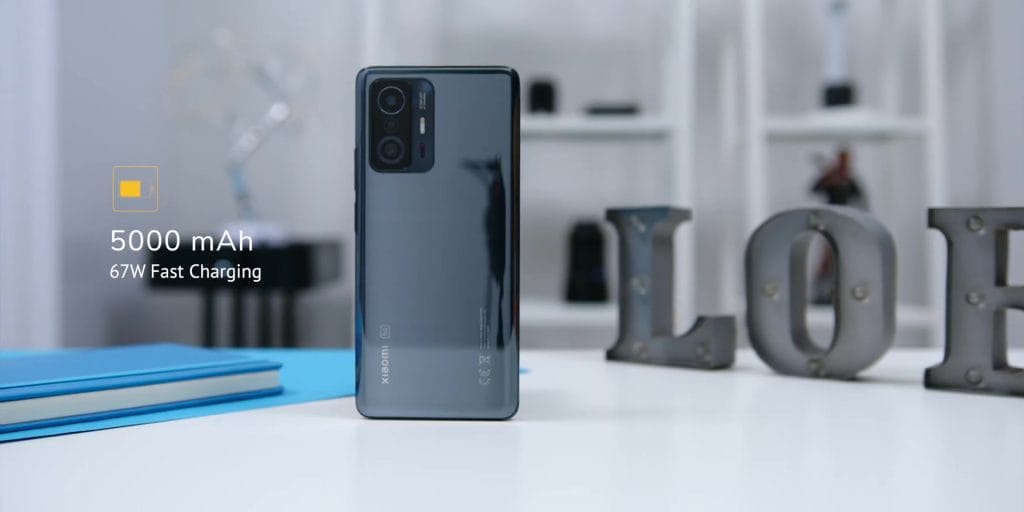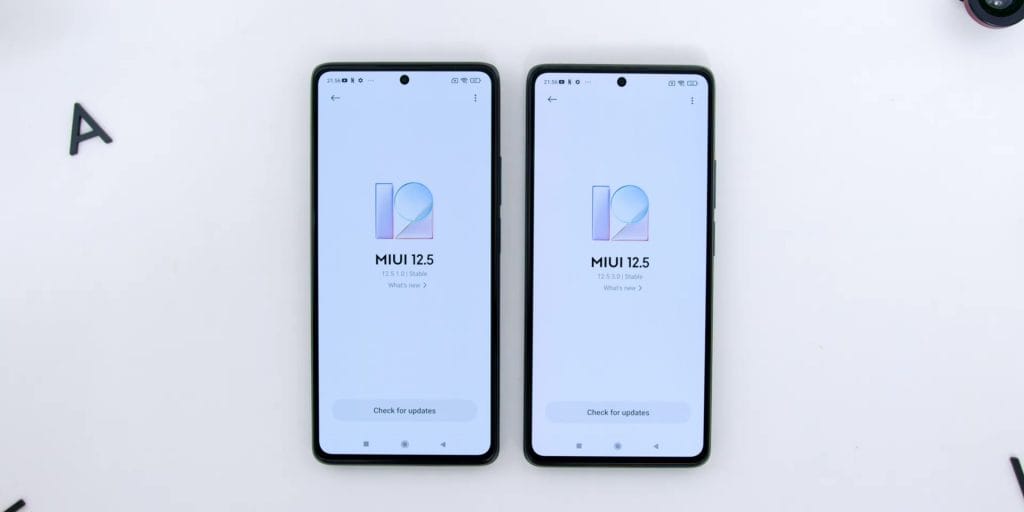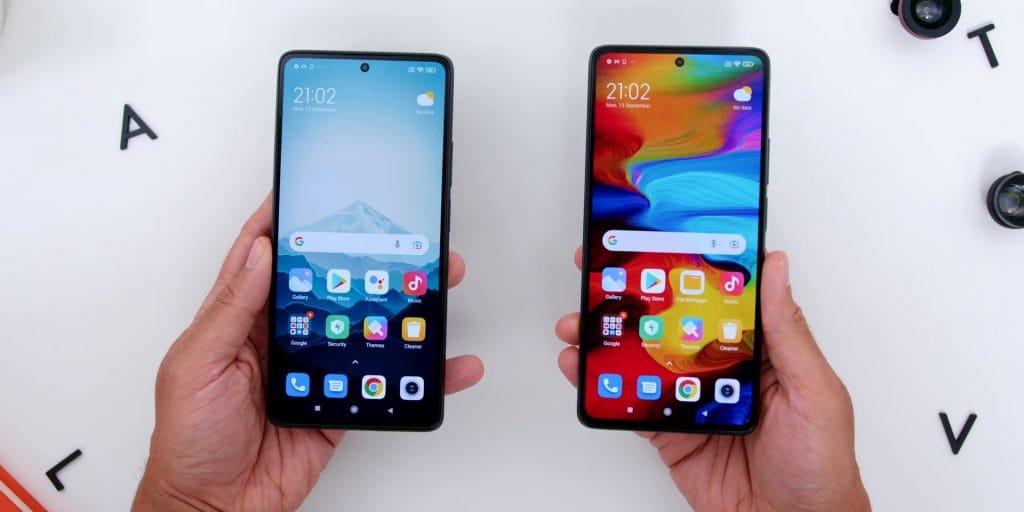In this article, I will be giving you the unboxing and my first impressions of the new Xiaomi 11T and the 11T Pro.
Unboxing
Since I didn’t have the box for the Xiaomi 11T, here is the unboxing process of the Xiaomi 11T Pro as the box comes in white, with the 108-megapixel ultra-clear camera logo on the top left, the Mi Logo on the top right, 11 in the middle, and Xiaomi 11T Pro and sound by Harman Kardon down below.
Opening the box cover, there will be a smaller white box, where you will find the SIM ejector pin on the outside, the user guide and the soft clear phone case on the inside. Then, you will find the phone itself.
Underneath, there is the USB-A to USB-C cable and the massive 120-watt fast-charging brick…..Wow!
Build Quality
Now looking at the build of the phone, as to how it was on the previous Mi 10T Pro, these two devices were quite a “thick boy” and in terms of the exact design and the form factor, you will find both the Pro and the Non-Pro to look identical, with a glossy finish, so do expect this to be a fingerprint magnet.
But if you don’t mind the glossy finish, you might also appreciate the unique gunmetal type of silver stripes that you will find etched inside of the glass back.
The camera arrays were almost similar to the Mi 10T Pro with the signature style ring around the camera lens, which is a medium-sized camera bump, so it does wobble pretty a lot especially towards the middle left side of the screen and the bottom right as well.
While the rear had a glossy finish as mentioned, but the sides had a matte finish instead, to give a firmer grip to the phone because considering its weight, it just might slip off your hands easily, if it is all glossy.
Then looking at the ports and buttons, once again, both were identical, other than the USB-C down below, there is the SIM ejector slot which supports up to 2 SIMs
then you will find one of the two dual speaker grills over there as the other speaker on top, where there is the Harman Kardon logo on top for the Pro variant, like the Mi 10T Pro as well, but I am eager to find out if there really is a difference in sound quality when comparing both, so stay tuned for my answer.
Other than the speakers over there as mentioned, there is the IR Blaster as well.
On the right, there are the volume rockers and the side power button which also acts as a fingerprint sensor, and this non-concave style of a side fingerprint sensor seems to be the way that Xiaomi is going for the devices, which is something that I do indeed appreciate more and it does unlock very quickly, even with a little animation when unlocking.
So overall, I’d give the phone a B+ for the phone’s build, because call me crazy but personally, for me, I prefer the Xiaomi 11 Lite 5G NE’s form factor and how it felt in my hands.
But yea, that is also a personal preference, and speaking of which, I have also released my unboxing and first impressions of that phone so do check it out after watching this.
Display
Now looking at the display, the phone has a 6.67 inch AMOLED display, with a resolution of 1080 x 2400 pixels, with Corning Gorilla Glass Victus protection for the front screen, and upon turning on the phone’s screen, the screen did look really nice and bright and I love how Xiaomi has gone with a high-quality AMOLED screen compared to the IPS LCD screen that the Mi 10T Pro had.
While the previous Mi 10T Pro’s IPS Panel did look really great still, I felt that this AMOLED screen was surely a great upgrade because as mentioned before, not ALL AMOLED screens are created equal. Then the display refresh rate goes up to 120 hertz, which was nice, and since it is an AMOLED display, there is the Always-on Display feature as well.
The camera hole punch is right in the middle, and is a flat-screen display, with amazing color depth and during my first impressions, watching YouTube and playing back Netflix on the phone was really amazing.
And what’s extra sweet is that it is not only Widevine L1 Full HD playback compatible but also has Dolby Vision support as well, However, this Dolby Vision support is only available for the Pro variant. Not sure why but probably a software update could fix this.
Then what I found interesting is that while both screens do become very bright but the auto-brightness on the Pro is better as it was at a nicer level of brightness.
So as for the phone’s screen, I’d give this an A- for the overall look of the screen for the Pro variant and probably a B+ for the Non-Pro variant.
Cameras
Now in terms of the camera:
- the main rear camera is a massive 108-megapixel f 1.75 aperture
- an 8-megapixel f 2.2 ultra-wide-angle lens, and
- a 5-megapixel f 2.4 telemacro camera lens
Where both phones have the same camera arrays and so was the front camera’s specs – a 16-megapixel f 2.45 aperture lens camera.
Based on my quick test shots, the rear cameras were really great for both phones, with flagship-level dynamic range, especially on the dedicated 108-megapixel modes.
The front cameras were nicer on the Pro variant, especially if there was some good lighting, especially for the portrait mode over here as well, which of course I am looking to test the camera out further during my full review, so subscribe to this channel in case you haven’t done so.
As for the video, Pro can record up to 8k 30 fps for the rear compared to non-pro which is at 4k 30 fps.
Then the Pro can record up to 1080p 60 fps for the front and the non-pro can only record up to 1080p 30 fps. And I still don’t know why they can’t record up to 4k until now….so yeah
And the overall video quality on 4k video was really nice on the main lens, and the front video quality was still good, especially on the image stabilization, but the footage did look better on the Pro variant.
Specs
Next, looking at the specs of the phone, for the non-pro version, it comes with the Mediatek Dimensity 1200 chipset, with the Mali-G77 GPU, with 8 gigabytes of RAM and 128 gigabytes of UFS 3.1 storage, and a battery capacity of 5000 milliamps of battery.
Then as for the Pro variant it comes with the Snapdragon 888 Chipset, with the Adreno 660 GPU. And the variant that I have is the 8 gigabytes of RAM and 256 GB of UFS 3.1 storage. Then as for battery, the phone has 5000 milliamps of battery, which I shall see how it performs during my further daily usage.
And the phone has fast charging up to 67-watts for the non-pro version
and a massive 120-watts HyperCharge for the Pro variant where the charger does come inside of the box as seen earlier and it will come with the 67-watts charger for the Xiaomi 11T.
Software
In terms of software, at this point, the Non-pro is running MiUI version 12.5.1.0 and the Pro variant is at 12.5.3.0 on top of Android 11 of course, which I shall see how the software performs on this Xiaomi 11 Lite, as so far it has been great for both during my first impressions.
So as of the recording of this video, there was no official price for the phone that has been announced yet here in Malaysia, so stay tuned for that, where I will let you guys know in my full video review.
So guys, with this, do let me know what you guys would like to know specifically about the new Xiaomi 11T and the Xiaomi 11T Pro in the comment section below, and either I will reply to your comments directly down there or I might be answering them when I do a full video review on the phone.
Also as mentioned, I have also just released the unboxing and first impressions of the new Xiaomi 11 Lite 5G NE or New Edition, which I’ll link it below.
Link to my Xiaomi 11 Lite 5G NE First Impressions video: https://youtu.be/sww78fZiZHs

